Foodie’s Bucket List: 24 Iconic Foods to Try Before You Die
Wandering around the globe, try out the signature tastes of cultures across ...
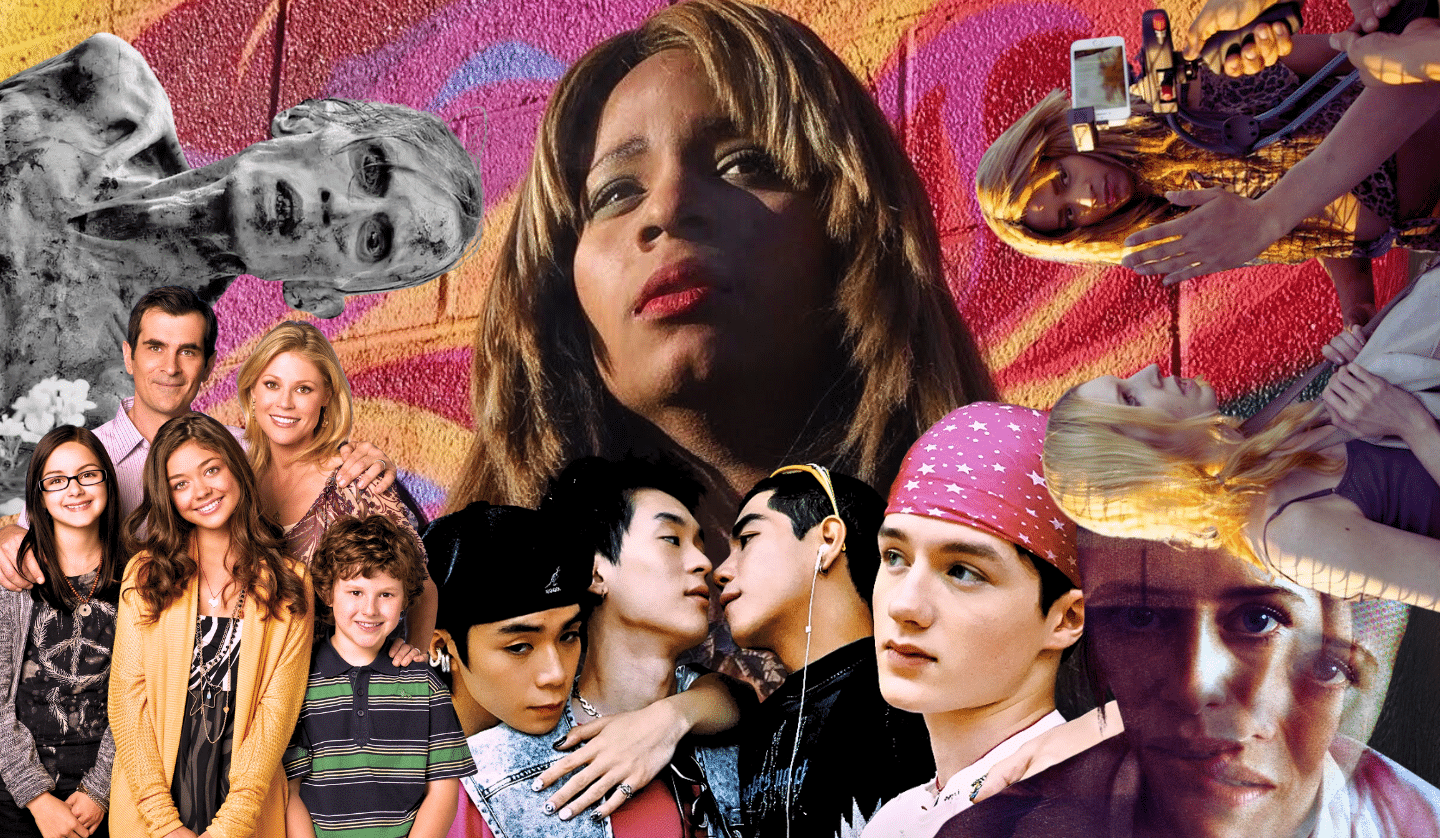
Today, when every pocket houses a cinema and every surface doubles as a screen, filmmaking’s old rules have unravelled. The gatekeepers have fallen. Technical polish has bowed to raw, fearless vision. The stories that cut deepest come not from the flashiest gear but from those bold enough to frame the world their way.
Here are some films, raw, uncompromising, and achingly human, that prove audiences fall for perspective, not pixels.
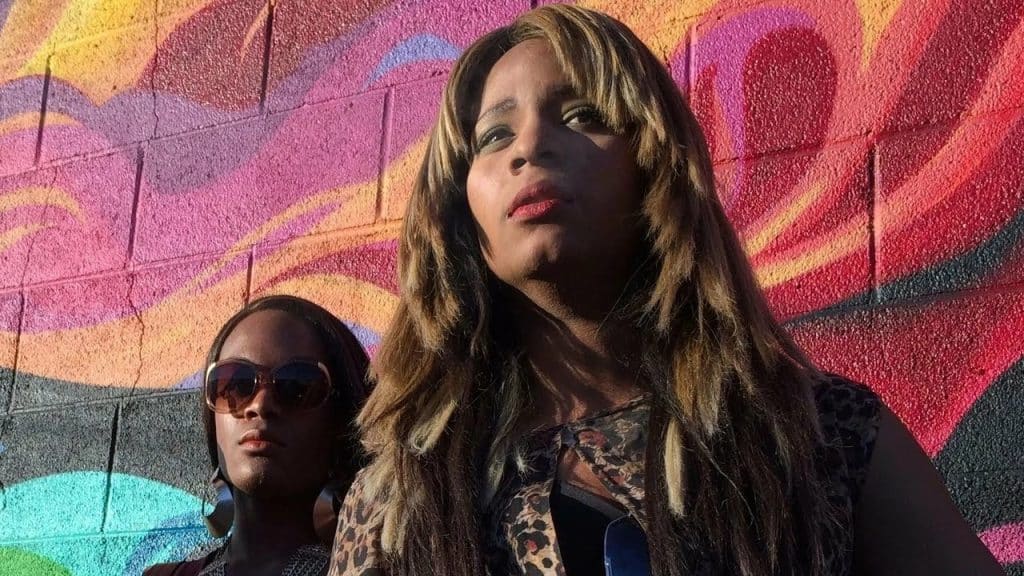
It starts with Oscar-winning director Sean Baker, an iPhone 5S, a $100K (about 3.5M THB) budget and a jerry-rigged anamorphic lens. Armed with that hacked setup, the camera roams through the sun-scorched sweat of West Hollywood.
Christmas Eve moves with rare urgency, following two trans sex workers as they carve out their own orbit in the wake of heartbreak, though what unfolds cuts deeper than love alone.
This is cinema as surveillance and as truth. Every frame holds real bodies, real breath. LA is the backdrop, but it’s also haemorrhaging. The City of Angels bleeds here.
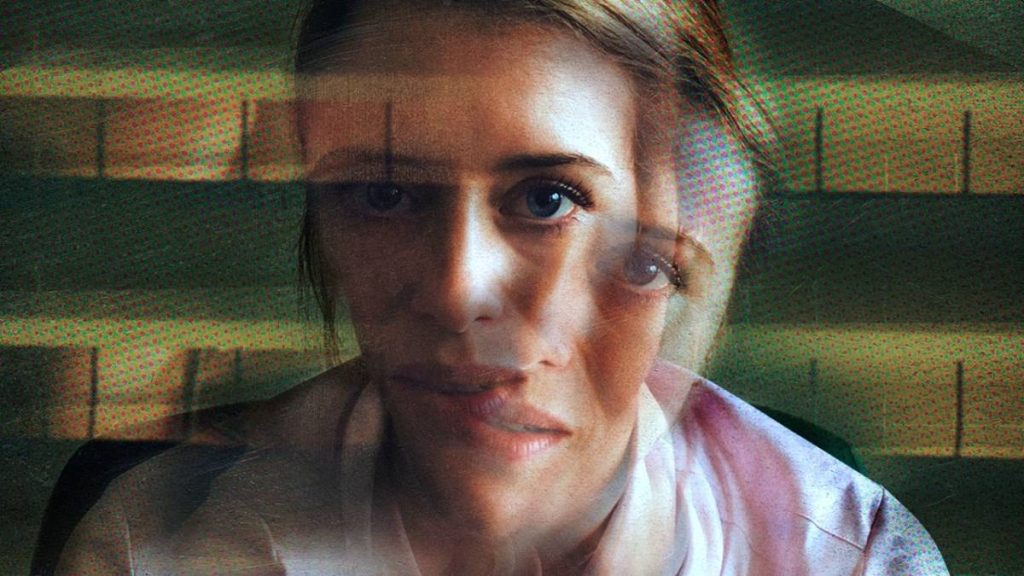
We’d sum this one up as a panic attack in 1080p on an iPhone 7 Plus. Made by director Steven Soderbergh, the narrative follows Claire Foy as she dissolves in a sterile asylum, a woman locked away, her sanity questioned after a run-in with the man shadowing her every step. Reality fractures. The walls close in. Is she spiralling, or is the system gaslighting her into silence?
This is when the iPhone becomes both eye and accomplice. It creeps like it’s spying from under the bed. What a device to shoot a thriller with. The crushing claustrophobia we feel through its lens isn’t by chance. It’s designed to trap us inside its gaze.
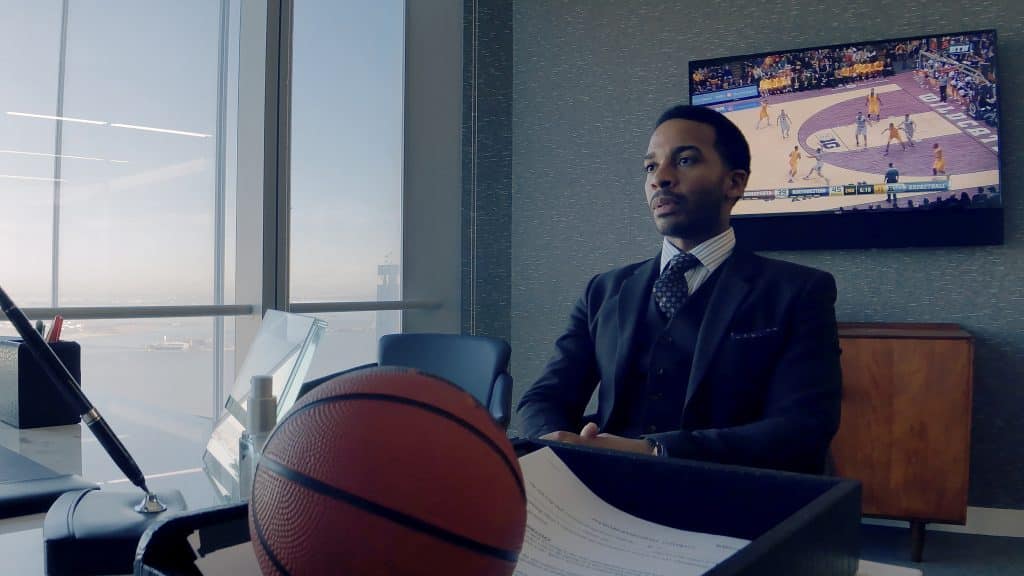
Steven Soderbergh returns to iPhone filmmaking. This time the iPhone 8 is the chosen one to capture a tense NBA lockout. The camera drifts and dances, improvising through shadowy boardrooms and whispered backdoor deals. It tells the story of Ray Burke, a sports agent fighting to save his career by fast-tracking a rookie through a bizarre business gambit. The use of the iPhone makes the narrative unfold like a fiery game of chess and people are loving it.
This corporate thriller has its own unique storyline of sneaker-squeak rhythm and startup-level hustle while the iPhone lens doubles as a journalist’s spyglass to track the murky grey world simmering just out of sight.
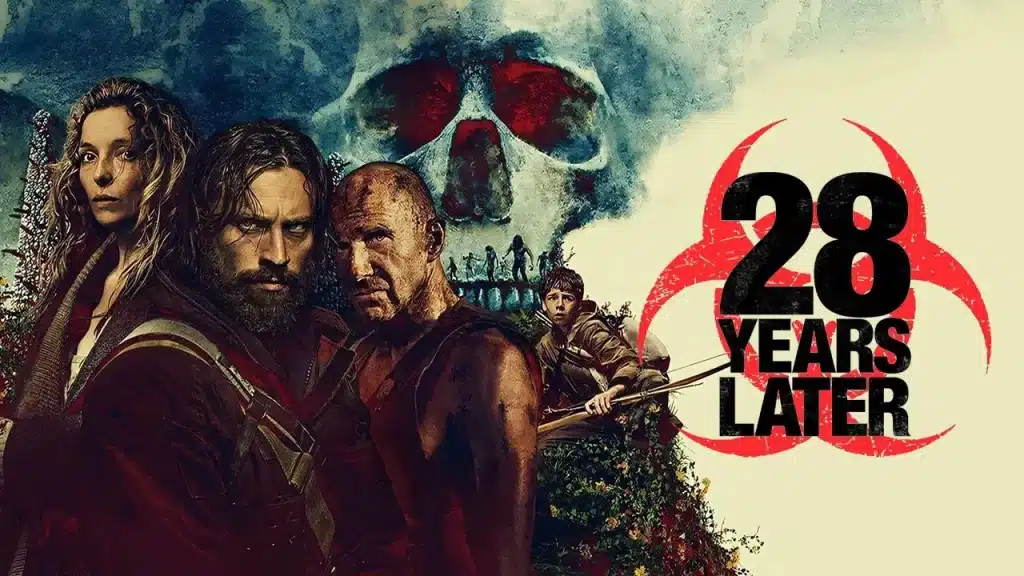
Danny Boyle returns with the third chapter of the 28 Days Later saga but this time the horror comes through an unexpected lens, literally. Rumour has it, according to IMDb’s latest scoop, that the entire film was shot on an iPhone 15. Details remain a bit fuzzy, but it is likely to be the iPhone 15 Pro Max.
If 28 Days Later made us flinch at the speed of sprinting terror, this new instalment injects fear straight into the digital bloodstream. Boyle’s leap to iPhone filmmaking is quite poetic and a full-circle move back to the raw, gritty DV-camera style that shaped the original.
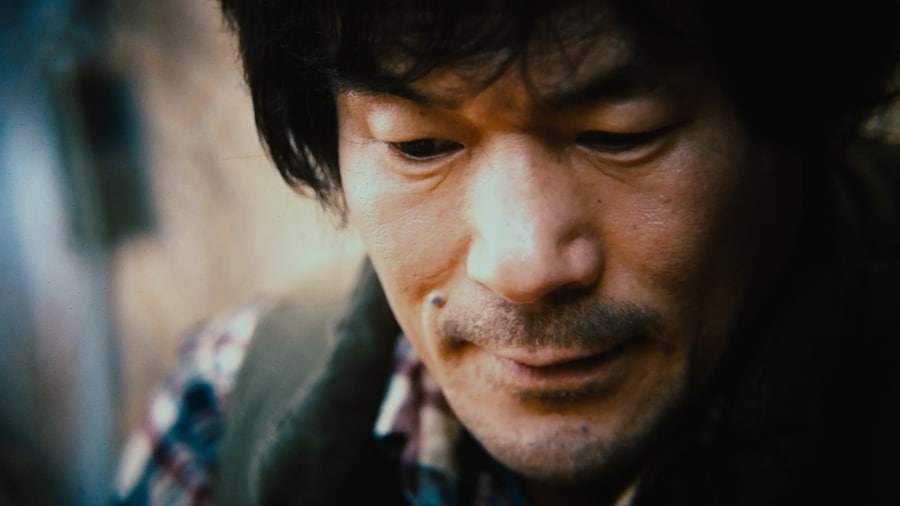
Before it was cool, it was otherworldly, this gem from Park Chan-wook. Shot entirely on an iPhone 4, this film snagged the Golden Bear for Best Short Film at the 61st Berlin International Film Festival. It follows a fisherman who reels in more than fish, pulled deep into a realm where shamanism and the supernatural collide.
Captured through the humble lens of that pixelated iPhone 4, spirits and rituals blur the boundary between life and myth. The lo-fi grain only heightens the eerie atmosphere, transforming the screen into a ghostly dreamscape where this haunting visual séance unfolds before us.
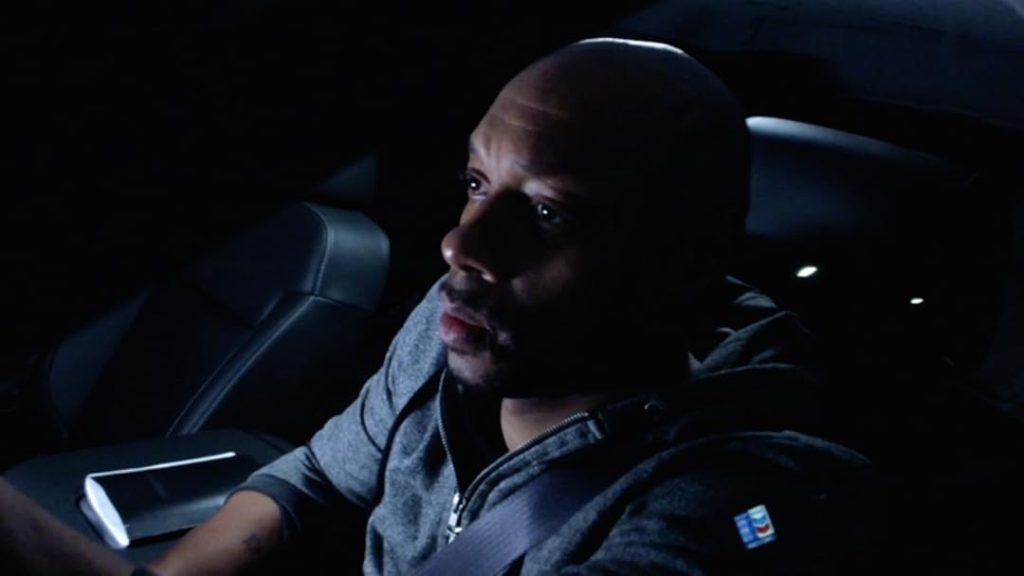
An Uber driver moonlights as a modern-day oracle in this stripped-down yet stirring ride. Shot entirely on an iPhone 6S by Director Matthew A. Cherry, 9 Rides pulls us into the dark, confessional corners of a single New Year’s Eve shift.
Nine passengers. Nine unfiltered truths. The backseat becomes a roving confessional, a cramped theatre of longing, regret and revelation. As the driver collects fares, fate delivers a call that will change everything. With every bump in the road, this filmmaking method captures the claustrophobia and breathless tension with raw, handheld intimacy. It’s proof that storytelling doesn’t need polish to hit hard.
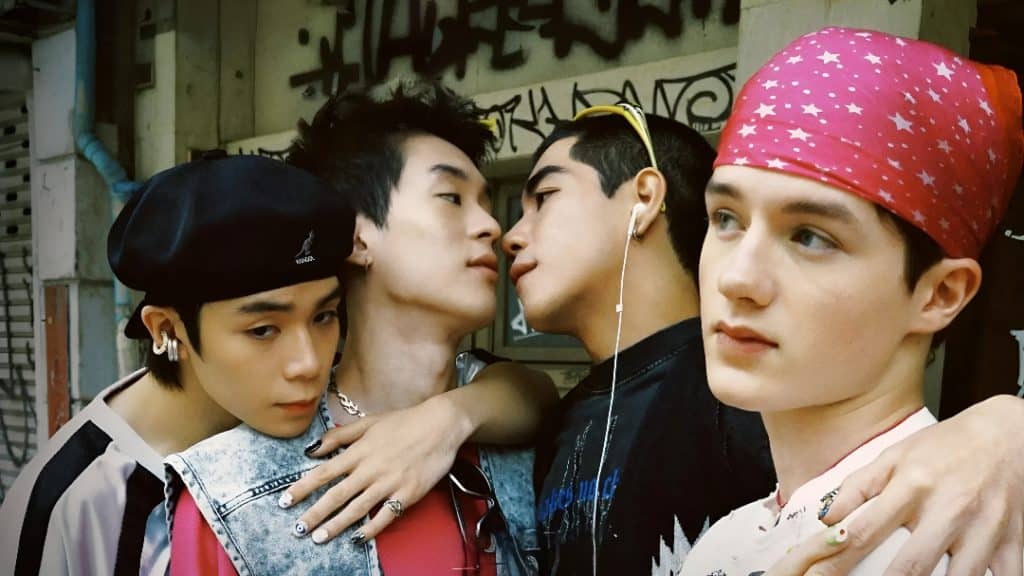
This is the kind of homemade Gen Z energy Thailand thrives on. Shot entirely on iPhones, no less. We caught a behind-the-scenes glimpse from the creators. TangBadvoice commands the iPhone 15 Pro Max to capture every scene and frame we get to see. FourMod is our main character, named by his Kamikaze-stan mum. He’s a chaotic shrine to the golden era of Gen Y fangirlhood in Thailand, all devoted to the legendary music label Kamikaze.
Gel nails on boys are camp here. It’s fresh and more than that, it spotlights genderless freedom on screen. The series is all bright tones, cheeky banter and chaotic charm, basically Siam Square in full Gen Z mode. It’s a time capsule of this generation’s rites of passage: after-school strolls in Siam, dance covers, band practice, first-ever trips on the BTS, study sessions at co-working spaces. From Boss Kuno, the brain behind I Told Sunset About You, comes a new series that’s too interesting in every way to skip.
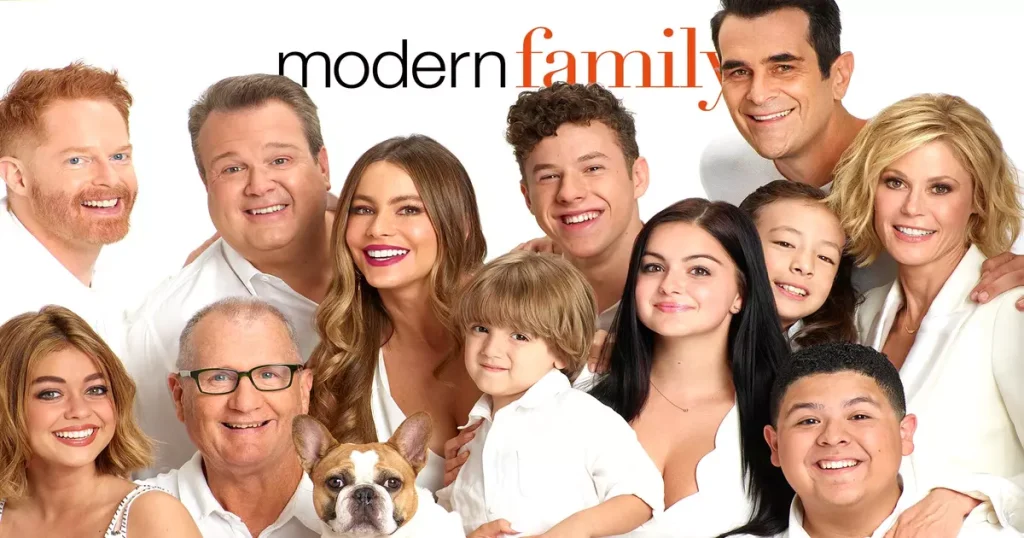
Primetime family TV goes punk by breaking all the rules. When the Pritchetts literally filmed themselves, TV got a found-footage facelift. Chaos at home is framed through FaceTime’s intimate lens, funny, frantic and oddly touching.
Modern Family’s Connection Lost (Season 6, Episode 16) was shot entirely on Apple devices, mostly iPhones and iPads with a few MacBook scenes. The story plays out through texts, emails and video calls, all viewed through device screens. It was said that Apple supplied the gear but did not pay for product placement.
Inspired by co-creator Steve Levitan’s own video chats with his daughters, the episode’s digital style required heavy post-production to recreate authentic interfaces. Critics praised its fresh, tech-driven storytelling and humour, making it a standout experiment in modern TV.
Wandering around the globe, try out the signature tastes of cultures across ...
These top 5 barber shops in Bangkok are where gentlemen can elevate ...
Sailorr and Molly Santana’s black grills fuse hip-hop swagger with homage to ...
The Koktail Thailand Charity Dinner at Gaysorn Urban Resort marked an unforgettable ...
The Koktail Thailand Restaurant Guide Awards 2026 took place on 12 November ...
Let’s explore why Fuggler stands at the centre of the surprising ugly aesthetic cultural ...
Wee use cookies to deliver your best experience on our website. By using our website, you consent to our cookies in accordance with our cookies policy and privacy policy